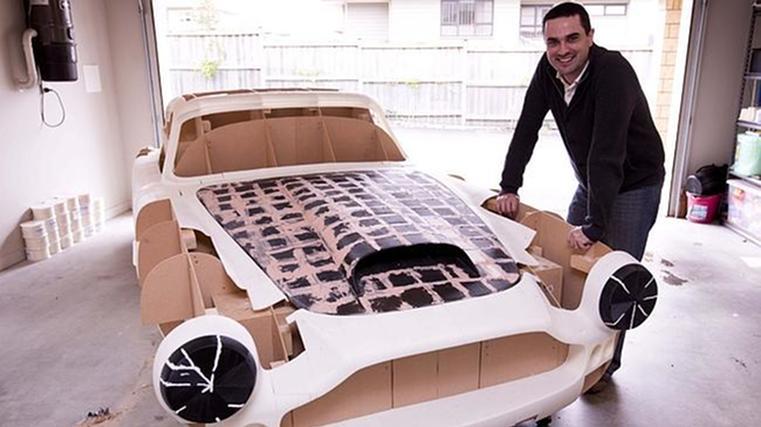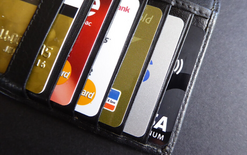3D printing dream car

A Kiwi computer programmer is building his dream car – a 1960 series II Aston Martin DB4 – using a three-dimensional printer in his garage. For the past year, the car’s body has been slowly emerging from a 300 3D printer at Ivan Sentch’s Auckland home. Working from a digital model downloaded from the internet, he has split its panels into hundreds of 10cm by 10cm pieces so they can be replicated by his small Solidoodle 2 printer, which slowly builds up the shape, layer by layer, with molten plastic directed through a nozzle. The shapes are then glued together to make moulds for fibreglass panels, which are mounted on a metal frame containing the engine, gearbox and suspension from a Nissan Skyline to make a working car looking the same as a DB4. It has taken a year to print the bodywork and Sentch will now start on the interior. He says: “The normal way of doing it is to mill the shape out of foam, which is too expensive, or to shape it by hand, which was too big an undertaking. By doing it this way, the final cost – including the printer, plastics and donor car – will be about $40,000.”





